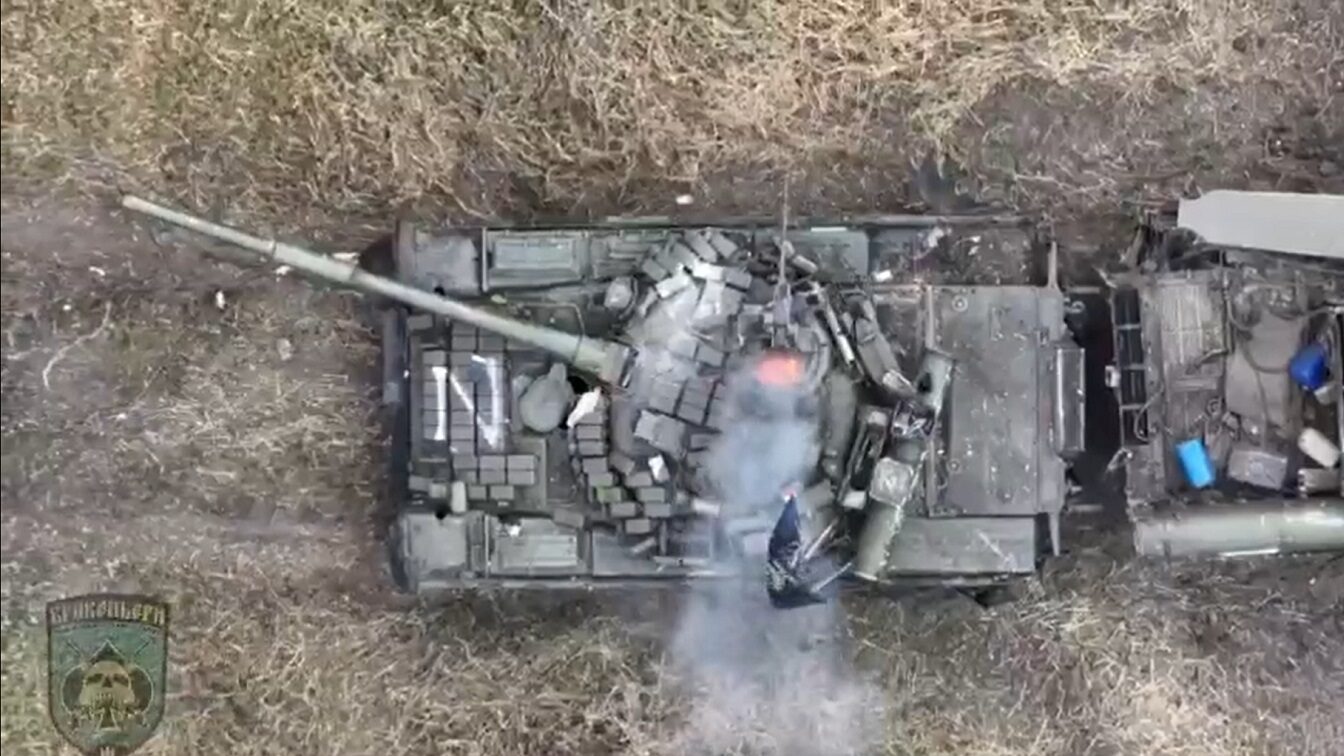The Russian military might be parrying the Ukrainian counteroffensive in southern Ukraine and the Donbas, but it is stretched thin doing it.
Force generation has been a central issue for the Russian Ministry of Defense almost since the war started.
The Kremlin’s “Special Military Operation” went awry soon after it began, and the Russian military ended up with a protracted war of attrition instead of a quick campaign that was supposed to last no more than two weeks.
As a result, the Russian military doesn’t have enough men to sustain the war and has been trying to find ways to generate more men. But that can have a negative effect on the country as a whole.
RIS Force Generation Woes
The Russian military has a goal of recruiting 420,000 professional troops by the end of the year. As of early September, the Russian Ministry of Defense has recruited 280,000 contract troops, according to the Kremlin. Much like everything else that comes out of Moscow, these numbers are suspicious because the Russian forces on the ground face severe, chronic manpower shortages.
However, there is no denying that the Kremlin is looking to enlarge its armed forces, whether through recruitment of professional troops or conscription. Recently, Russian President Vladimir Putin increased the conscription age from 27 to 30. But this has negative effects on Russia’s industrial workforce, which is lacking almost half of the workers it needs.
Some sectors are more protected than others, and information technology is one of them. Putin has exempted the key sector from the increase in conscription age, but there are still acute shortages.
“In contrast to conscription efforts elsewhere, in the IT sector Russia has taken steps to preserve the workforce. This likely highlights the particularly acute shortages in the sector after about 100,000 IT workers left Russia in 2022,” the British Military Intelligence assessed in a recent estimate of the war.
The number of 100,000 workers equals about 10 percent of the entire workforce.
“This shows that mobilisation and conscription within Russia has worsened non-defence workforce shortages. In the run-up to the Russian presidential elections scheduled for March 2024, Russian authorities will likely seek to avoid further unpopular mobilisations,” the British Military Intelligence added.
Russian Casualties in Ukraine
Meanwhile, on day 565 of the conflict, the Russian military and pro-Russian separatist forces continue to take serious casualties on the ground.
Although the Russian losses ebb and flow according to the day from the high 400s to the low 700s of men, the losses in heavy weapon systems remain fairly constant at around 80 each day. The majority of these materiel losses concern artillery guns and multiple launch rocket systems.
Indeed, for the better part of the three-month Ukrainian counteroffensive, the Russian forces have been losing at least 20 artillery pieces and multiple launch rockets every day, which would amount to close to 1,800 destroyed systems since early June when Kyiv began its operation. The Ukrainian forces target these long-range fires because they are the deadliest weapon system on the battlefield and can determine the outcome of a battle.
Overall, the Ukrainian Ministry of Defense claimed that as of Tuesday, Ukrainian forces have killed and wounded approximately 269,760 Russian troops, destroyed 322 fighter, attack, bomber, and transport jets, 316 attack and transport helicopters, 4,568 tanks, 5,872 artillery pieces, 8,778 armored personnel carriers, and infantry fighting vehicles, 764 Multiple Launch Rocket Systems (MLRS), 18 boats and cutters, 8,313 vehicles, and fuel tanks, 512 anti-aircraft batteries, 4,645 tactical unmanned aerial systems, 881 special equipment platforms, such as bridging vehicles, and four mobile Iskander ballistic missile systems, and 1,455 cruise missiles shot down by the Ukrainian air defenses.
A 19FortyFive Defense and National Security Columnist, Stavros Atlamazoglou is a seasoned defense journalist specializing in special operations and a Hellenic Army veteran (national service with the 575th Marine Battalion and Army HQ). He holds a BA from the Johns Hopkins University, an MA from the Johns Hopkins’ School of Advanced International Studies (SAIS), and is pursuing a J.D. at Boston College Law School. His work has been featured in Business Insider, Sandboxx, and SOFREP.

